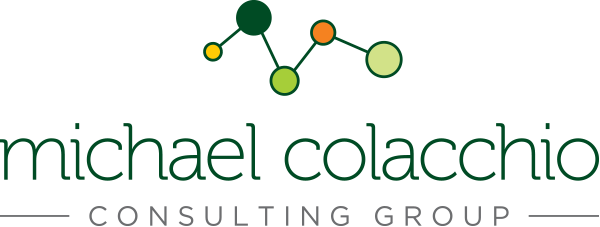In A Pitch Meeting, It Is Better To Catch
In a pitch meeting, it is better to catch:
Be receptive to anything the potential client is poised to deliver.
Most lawyers are very proud of what they do – as individuals, as groups and as law firms. They attended good law schools, got excellent grades, mastered the practice of law and achieve good results for their clients. And they are just bursting at the seams with the desire to tell potential clients all about it.
The tendency to start a business development meeting talking about yourself, your group and your firm is a natural one – but one that should be done selectively, in very small amounts, and only after you have taken the time to determine the needs of the client. The focus must be on the potential client, the problem that is keeping the client up at night, and how you can help the client solve that problem.
But what do most lawyers do about a business development meeting? Put it on the calendar. Two hours before the appointment, ask marketing to pull together “the usual materials about the firm.” On the way to the meeting, chat with a colleague about who will deliver which parts of the dissertation about the firm and its services. At the meeting, spend most of the time “presenting” the qualifications of your firm and talking about how successful it is. On the way back to the office, congratulate each other about how well it went – “we made a lot of good points.” Wait. Two weeks later, wonder why the firm didn’t get the work.
By comparison, in any successful business development interview the potential client will be encouraged to talk more than 75 percent of the time in response to careful questions posed by the lawyer. The lawyers will be listening, mirroring body language, taking notes and asking follow-up questions to generate even more talk by the potential clients.
In other words, a business development meeting is not about you. It is all about the potential client.
Research the potential client. The first step in preparing for a business development meeting with a potential client is to start early and do your research. Much information about any company is available on the Internet – via the client’s web site, content searches and case-filing searches.
Probe the potential client. Additional information should be acquired by calling the potential client prior to the interview and asking, point blank, about the company’s goals, culture, emerging challenges and legal needs. This always makes a favorable impression. Also, find out who will be participating in the meeting. Then, go back to the Internet to find out as much information as you can about these individuals.
Know the potential client’s industry. Any prepared materials should demonstrate – without getting bogged down in war stories – how your firm has successfully solved problems for clients like them in industries like theirs. Generic firm, group and biographic materials can be included – but only as supplemental materials.
Mirror the potential client. The law-firm’s team should mirror – without looking artificial – the team of the potential client, including the number of individuals, age, gender, ethnicity, language, communication style and dress. Business development at this stage is all about relationships, and people find it easier to be persuaded by people who are similar to themselves. That said, team members should not be selected to be mere window-dressing; they should be the actual individuals who will be doing the work.
Focus conversation on the potential client. At the meeting, well-prepared participants should ask specific questions about the potential client, its market, its administrative structure, its operations, and its business and legal challenges. The answers should be used to generate follow-up questions.
When you understand the problem, switch gears and “leave it all on the table.” Act as if the potential client has already hired you and provide advice of value that demonstrates exactly how you and your colleagues function as trusted advisers. Remember – if they could have done this on their own, they would have. Anything you can give them in a two-hour pitch meeting will not eliminate their need for outside counsel. At the same time, they will notice and appreciate your willingness to be of assistance.
Follow up with the potential client. When the business development meeting is over, try to leave with a specific next step – something like, “Can I call you in a week to see if you have any additional questions?” Do not wait around passively for the potential client to contact you. When you return to the office, send a thank-you letter, along with information about any additional subjects that might have come up in the meeting. Follow up with a schedule of regular contact to continue to build the relationship.
De-brief the potential client. You will either get the work or you won’t. In either case, have someone de-brief the client. If you get the work, find out what it was about your presentation that turned the tables in your favor. If you don’t get the work, find out what you could have done differently to bring about a different outcome.
Plan for the next potential client. Often, it is easier to have someone who was not on the business development team do the de-briefing interview. Use this information to continuously improve your presentation skills. Even if you are not hired to solve a particular problem, continue to find ways to add value to the potential client. There will be additional opportunities down the road.
Successful law-firm business developers know how to turn the spotlight away from themselves and shine it on the potential client and the potential client’s problems.
